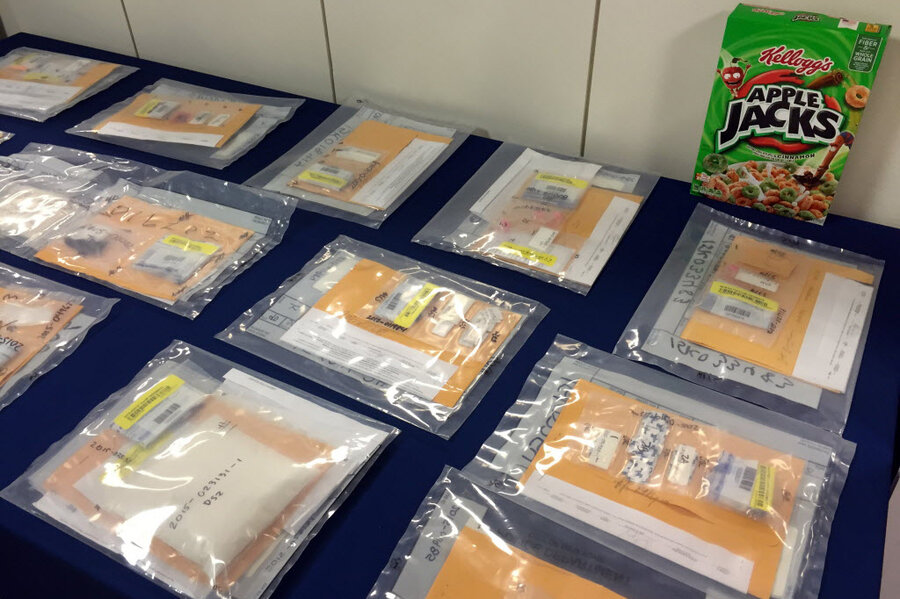Obama to unveil plan to curb opiate use: How big is US heroin problem?
Loading...
President Obama will announce Wednesday policy reforms to curb the devastation of heroin and painkiller abuse nationwide. A White House official tells the Associated Press that the plans include opening up access to drug treatment programs and improving medical staff training.
Mr. Obama will outline plans while on a day trip to Charleston, W. Va., the state with the highest rate of overdose deaths in the country, according to a report by the Trust for America's Health and the Robert Wood Johnson Foundation. West Virginia has lost more than twice the national average to overdose, and fatalities have doubled from 2002 to 2013.
That same report, released in June, found that more than 2 million Americans misuse prescription drugs, and concluded prescription drug abuse is contributing to the increase in heroin use; the number of new heroin users has doubled in the past seven years, according to the study.
In 2012, the most recently reported year by the government-run National Survey on Drug Use and Health (NSDUH), some 669,000 Americans reported using heroin. An upward trend since 2007 appears to be driven by young adults aged 18–25, the age group with the greatest increases, according to the survey. Some 156,000 people in that age group started heroin use in 2012, nearly twice the number of people in 2006. Heroin use is down however, among 12 to 17 year-olds. Those in high school who reported using was at its lowest in the history of the Monitoring the Future survey, according to the program.
“We’re dealing with heroin on a daily basis,” said Charleston police Lt. Eric Johnson, commander of the Metro Drug Unit, in an interview with Charleston Gazette-Mail, the local newspaper in one of the hardest hit counties in West Virginia.
Lieutenant Johnson told the paper he “had spent the better part of Tuesday morning dealing with a significant drug seizure,” and said, “It’s sad to see the results of the damage.”
Johnson said those caught up in the current heroin epidemic are not like typical drug users.
“Most users are people who have become addicted to prescription opioids in the past,” he said. “There are a lot of people who are currently addicts who once had very successful lives.”
The Christian Science Monitor previously reported on the causes of the nationwide uptick in heroin addiction:
The rise is being driven by a large supply of cheap heroin in purer concentrations that can be inhaled or smoked, which often removes the stigma associated with injecting it with a needle. But much of the increase among suburban teens, as well as a growing number of adults, has also coincided with a sharp rise in the use of prescription painkiller pills, which medical experts say are essentially identical to heroin. These painkillers, or opioids, are prescribed for things such as sports injuries, dental procedures, or chronic back pain. Yet in a disturbing number of cases, experts say, they are leading to overdependence and often to addiction to the pills themselves, which can then lead to heroin use.








